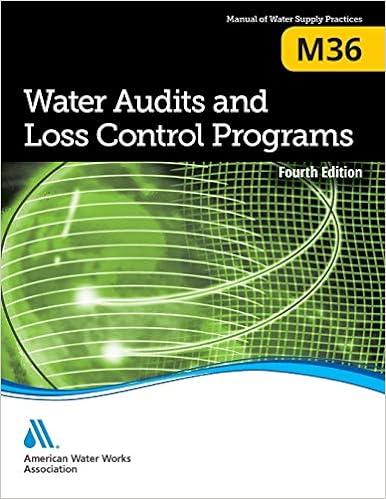Corporote decision makers and analysts often use a tochnique called Dupont analysis to understand and assess the factars thet dive a company's financial performance; as measurnd by its return on equity (ROE). Depending on the version used, the Dupont equation will deconstruct the firm's ROE, its best measure of financial performance, into two or thee important factors, or drivers. DuPont andlysis can be conducted using either the treditional DuPont equation or the extended Dupont equation. The traditienal equation is constructed using two drivers, whereas the extended Dufont equation uses three variables to examine a firm's ROE performance. Complete the following sentences by entering the oppropriate words or phrases. In the extended DuPont equation, a firm's ROE reflects (1) its use of debt financing, or leverage, as reflected by its (2) the efficiency with which it uses its assets, as meosured by the , and (3) its ability to generate sales and manage its production costs and operating expenses, as summarized by its In contrast, sometimes it is useful to focus just on asset profitability and financial leverage. In this case, you would use the traditional version cf the equation, in which the firm's efficiency and profitability metrics are multiplied and summarized in a single measure, the . In this analysis, a company's financial performance is expected to result from both management's financing decisions and its effectiveness and efficiency in generating profits using the firm's asset base. Most inyestors and analysts in the financial community observe a firm's ROE closely. The ROE can be calculated by dividing the firm's net income by the shareholders' equity, or it can be reduced into the key factors that drive the ROE. Investors and analysts like to focus on these drivers to develop a nore holistic image of what is changing within a company. n analyst collected the following fiscal year 2018 data for firms operating in the agricultural sector. Use the data to compute the net profit margin NPM), total asset turnover (TAT), and equity multiplier (EM) values required for a DuPont analysis. (Note: Round your answers to two decimal pleces following dollar values are expressed in millions of U.S. dollars.) The following dollar values are expressed in millions of U.S. dollars.) eferring to this data, which of the following conclusions is true about the firms' ROEs? Compared to firms B and C, firm A's exceptional ROE performance appears to result from its superior efficiency in using its asset base and its heavily leveraged capital structure. Firm A's equity multiplier indicates that it has the lowest debt ratio of the three firms. Compared to firms B and Crfirm A does the best job of containing its costs and managing its tax obligations. Compared to companies A and C, firm B uses more financial leverage and exhibits the highest debt ratio








